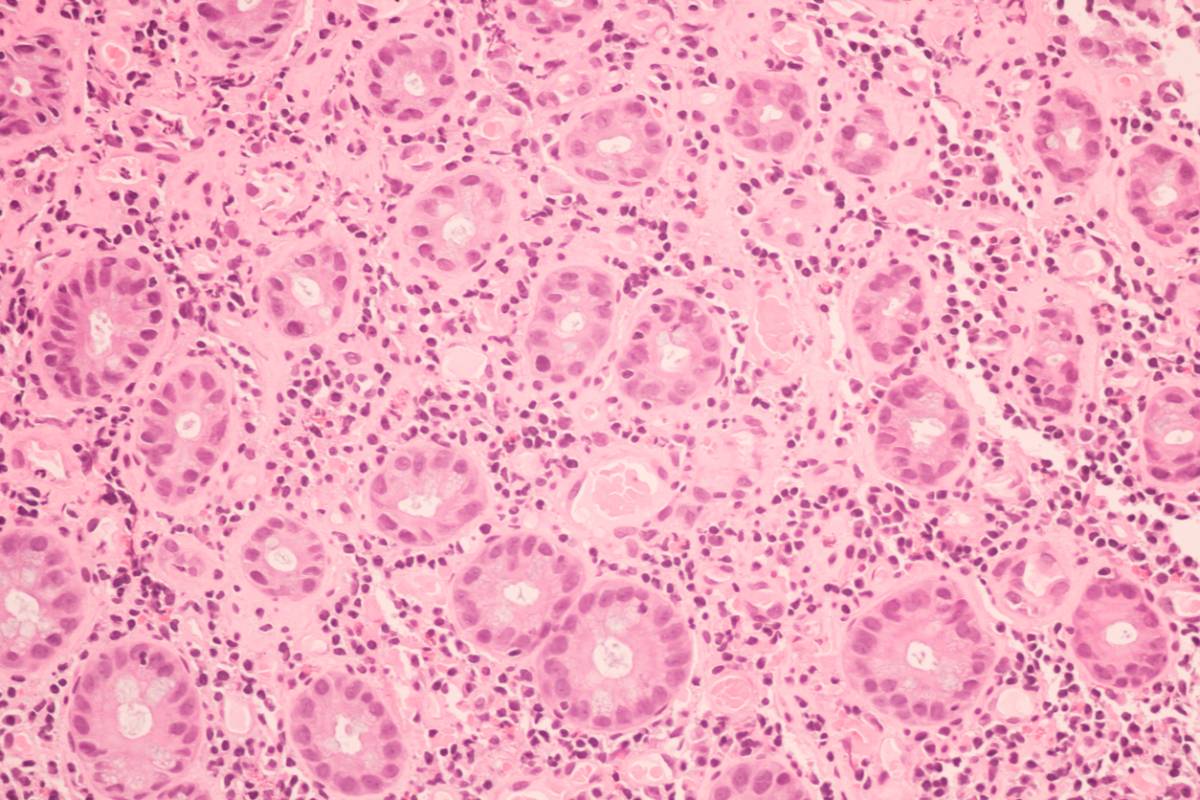Facing the prospect of a breast biopsy can bring about a mix of concerns, apprehensions, and questions about what the future may hold. When you consult your breast cancer surgeon regarding testing, undergoing a biopsy often marks the initial step in establishing a diagnosis. This procedure involves delicately extracting a small tissue sample from your breast, which is subsequently analyzed in a laboratory for accurate results. So what types of breast biopsy are available?
What types of breast biopsy are available?
While many patients dread getting a biopsy, it still stands as the most reliable method to immediately detect the presence of cancer cells within your body. In this article, we will talk more about why you might need a biopsy, the advantages of doing so early, and the different breast biopsy types that are available to you.
Getting Your First Breast Biopsy
It doesn’t matter whether you’ve already detected palpable lumps in your breast or not: prioritizing a timely biopsy is always important. Even the slightest symptom of discomfort can warrant a trip to your trusted breast institute.
A biopsy is recommended to:
- Investigate breast lumps to determine whether or not they are malignant
- Gain deeper insights into nipple irregularities
- Delve into the findings of prior mammograms by looking underneath the previously-inspected breast tissue
- Address additional breast-related concerns
Given the variety of available biopsy techniques, acquainting yourself with the most suitable option for your circumstances is essential. Next, we will learn about the different types of biopsies available to you.
Types of Breast Biopsies
We recommend meeting with your doctor for an initial consultation before your breast biopsy procedure in order to learn more about the specific issues you are looking to treat. Tailored to your symptoms or diagnostic findings, a distinct biopsy type may be recommended.
For instance, fine needle aspiration biopsy involves extracting tissue or fluid via a needle, often suitable for cysts or lumps. One of our more advanced and popular solutions includes a sentinel lymph node biopsy, which can so accurately detect malignancy in the cells that there is no need to dissect the cells further. However, a sentinel lymph node biopsy may require surgery. Surgical open biopsies entail anesthesia and entail the removal of a portion of tissue. In cases where small or elusive lumps exist, surgical intervention could be the best option for you.
How to Prepare for Your Biopsy Procedure
Depending on the type of biopsy you are getting, you may receive a set of instructions from your doctor about how to prepare. If your biopsy requires surgery, you might have to stop eating the night before your surgery as well as stay away from soaps or fragrances that could infect your skin.
It is also a good idea to know the best biopsy recovery tips before you go in for your procedure. The biopsy itself might not cause pain if you are able to use anesthesia during your treatment. However, you might feel lingering pain or some residual feelings of discomfort following the surgery. Complete recovery from your biopsy might take a couple of days.
Schedule Your Diagnostic Biopsy ASAP
Sometimes, not knowing whether or not you have a medical issue can be more stressful than dealing with the issue itself. Breast biopsies are powerful diagnostic tools that can help you get better peace of mind by finding out what’s going on inside your body. While some biopsies require surgical intervention, the result can be a life-saving diagnosis. Early detection and early treatment are the best ways to keep your body healthy and ensure a long, cancer-free life. To learn more, contact the Breast Health Institute in Austin and schedule a personal consultation with one of our experts.

